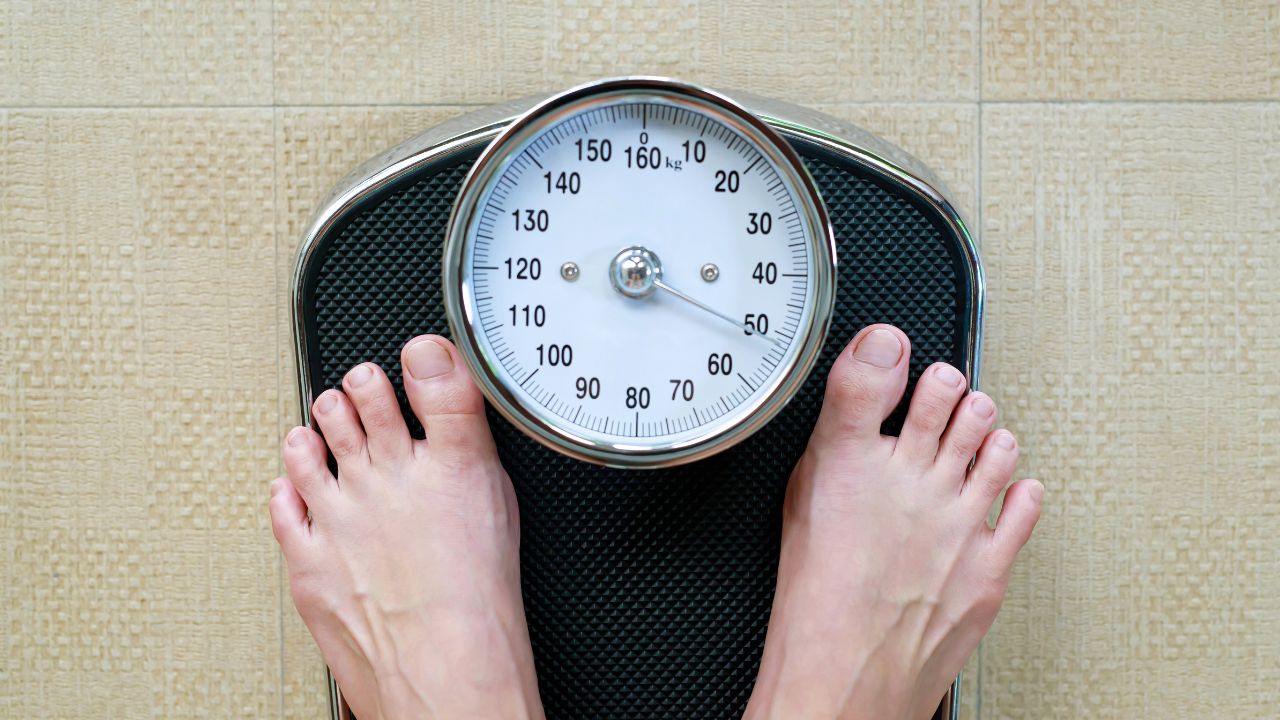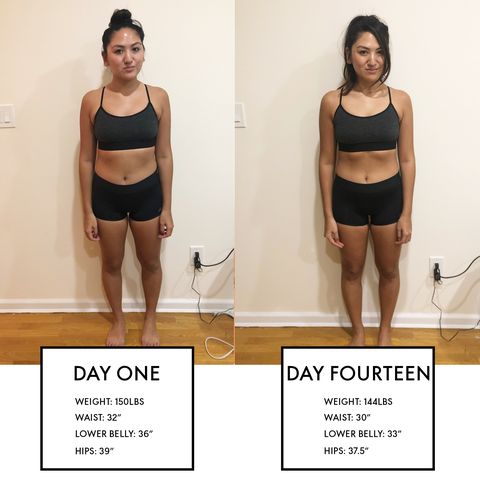
Running or walking? They both burn calories, which is the main difference between them. Running is less impactful than walking, but walking can be better for your heart health and joints. Both exercises can increase endurance. And although Walking has the added benefit of lowering your blood pressure, running is a lot more effective in reducing appetite. Below are some of the major benefits of walking.
Running burns more calories per minute than walking
Running can burn more calories than running. Running burns more calories per hour than walking. This is due to the fact that it takes more energy and requires more muscle recruitment than running. Higher intensity exercise can increase your heart rate which will require more energy. This activity will help you adapt to increased stress levels by slowing down your heart rate while maintaining the same intensity and pace. By reducing the amount of time you walk, you can increase your calorie consumption.
Walking is a great way to lose weight. Running, however, can be better. Running a mile can burn as much as eleven times as calories as walking. That's why running is the best exercise for anyone who wants to lose weight. Walking burns half the calories. Running can also help your legs feel stronger.

Walking is an easy, low-impact activity.
While many people associate more intense workouts with higher risks of injury, walking is one of the best forms of low-impact aerobic exercise. Walking does not require special equipment, and it can be done almost anywhere. Walking is a great form of exercise that can be done anywhere. Walking can also help reduce stress and improve your mood. It can also increase your energy. People who are just starting to exercise can walk with minimal impact, which makes it a great choice.
Walking is a great low-impact exercise. It provides many benefits for muscles and joints. Walking can be intensified by increasing the pace or climbing hills. Strength training on the other side doesn't put stress on the joints but can be difficult for your muscles. Because they are less risky and still offer many benefits, low-impact exercises are great for seniors.
Running improves endurance and conditioning
Gradual adaptation is the key principle to endurance-building. Slowly means to do your workout consistently, and then gradually increase your distance. The same principles apply to both new and experienced runners. It is better to build your running distance slowly than to try to run faster than what you can sustain. You will be able increase your endurance while maintaining a safe pace. To increase your running mileage, add one mile per week to your Saturday long run. Then build up slowly.
To build your endurance, it is vital to do a warm-up properly. Warming up will improve your body temperature as well as blood flow to your muscles. You will also be less likely to get injured. Running requires proper posture. It prevents injury and keeps muscles limber. Proper breathing can also improve your endurance and energy. If you incorporate the correct breathing technique into your running schedule, you will notice a big improvement in your mental and physical condition.

Walking is a great way to control your appetite
Did you know that exercise can reduce your appetite? Walking has been shown to help you lose weight. Walking can increase the levels of dopamine which gives you a greater sense of pleasure. This hormone aids in the body controlling its hunger and satiation. Walking can be a great way to curb food cravings. Walking can help you manage your appetite and keep you fit while running.
Running can temporarily raise your cortisol levels, but walking will reduce it over time. Walking for twenty minutes can improve mood and lower cortisol levels. Elevated levels cortisol can stimulate the metabolism of carbohydrates and fats, and increase appetite. This increases the risk of eating unhealthy foods and overeating. Walking can improve your posture, and muscles tone.
FAQ
How often are people quick?
A majority of ketogenic dieters fast one week. Some people fast twice a week. Some others fast three days per week.
There is a variation in the length of fasts. Some people fast 24 hours, while others fast 48 hours.
Some people may even stay awake for 72 hours. However, extreme cases like these are rare.
How long does weight loss take?
Weight loss takes time. It takes about six months to lose 10% of your weight.
Remember that you should not expect to lose weight in a matter of hours. Your body will take time to adjust to changes in diet.
This means that your diet should be gradually changed over many days or weeks.
Fad diets should be stopped as they are often not effective. Instead, you should change your daily routine.
For example, if you normally eat unhealthy snacks late at night, then you should cut down on this habit.
Instead, you should eat healthier meals earlier in the evening. This will prevent you from snacking late at night.
Water is essential for your body. Water is essential for keeping your body hydrated. Dehydration makes you feel tired and sluggish.
You will stay more energized and focus if you drink lots of water throughout your day.
You can reduce stress by relaxing. You could spend quality time with your loved ones.
You could also choose to read books, see movies, or listen music.
These activities can help you to unwind after stressful situations. They will also improve your mood, self-esteem, and overall well-being.
You should consider your health when trying to lose weight.
Your overall health is directly related to your physical fitness. So, if you want to get fit, you should start with proper nutrition and regular exercise.
Are there any side effects to intermittent fasting
Intermittent fasting has no known side effects. But, it is possible to experience minor side effects if you plan poorly.
If you skip breakfast, for example, you may feel constantly irritable. It is possible to experience headaches and muscle cramps.
These symptoms usually disappear within a few days.
What is the best activity for busy people?
The best way to stay fit is by doing exercises at home. You do not need to join a gym. You don't need to spend a lot of money on expensive equipment to do basic exercises at home.
All you need is a pair dumbbells, mat, chair, and a timer.
Your most important goal is to keep up your fitness routine. You could lose motivation if your workouts are not consistent for more than a few consecutive days.
Three times per week is a good way to begin. This could include push-ups/pullups/squats/lunges, pushups/pullups, dips/curls, and so on.
Once you have mastered the basic movements, it is possible to move on to other types such as running and jumping rope, skipping or yoga, Pilates, dance, swimming, weight lifting, tennis, golf, playing basketball, soccer, volleyball, badminton or squash.
Make sure you choose the right exercise program for your needs. For example, if you are working long hours, then you might want to avoid exercises that require too much energy.
If you're a night owl then it is better to exercise in the evening than in the morning.
Be aware of your body and rest when you feel tired.
How can busy people lose fat?
To lose weight, eat less and do more exercise.
If you eat too much food, you'll gain weight. You'll gain weight if you don't exercise enough. These two simple habits can help you start losing weight.
What can I have in the morning when I'm intermittently fasting?
It is a good idea to drink water early in the day. This will make you feel fuller and give you energy all day. If you want to add flavor, try adding lemon juice or cucumber slices.
How to make an exercise plan?
First, create a routine. You must know what you will do each and every day, as well as how long it will take. This helps you plan ahead and avoid procrastination.
The second thing is to ensure that you have plenty of variety in your workout. It is important not to get bored while exercising. This will cause you to lose interest and make it difficult for you to stick with it.
Also, you need to keep track on your progress. It is crucial to track how much weight has been lost or gained.
If you start off by losing weight, it's easy to lose motivation if you don't gain any additional weight. You may find it difficult to stay motivated if your weight increases.
Find a healthy balance between losing weight and gaining weight. You'll find it harder to exercise if you don't like where you are at the moment.
Statistics
- A 12-week study in 20 women with obesity found that walking for 50–70 minutes 3 times per week reduced body fat and waist circumference by an average of 1.5% and 1.1 inches (2.8 cm), respectively (healthline.com)
- One study in 9 active men found that HIIT burned 25–30% more calories per minute than other types of exercises, including weight training, cycling, and running on a treadmill (18Trusted Source (healthline.com)
- According to Harvard Health, it's estimated that a 155-pound (70-kg) person burns around 167 calories per 30 minutes of walking at a moderate pace of 4 mph (6.4 km/h) (5). (healthline.com)
- According to Harvard Health, it's estimated that a 155-pound (70-kg) person burns roughly 112 calories per 30 minutes of weight training (5). (healthline.com)
External Links
How To
How to Intermittent Fasting
Intermittent fasting is a dieting method where you normally eat one day per week, usually Monday through Friday. The idea behind this is to reduce your overall calorie intake while still getting adequate nutrition. This is believed to help you burn more fat than if your meals were regular throughout the week.
The most common form of IF involves restricting calories only on certain days of the week. This means you could skip breakfast every morning and still eat what you want the rest of the week. It is possible to choose to have three smaller meals each day, rather than two large.
There are many different forms of intermittent fasting, including alternate day fasting, 5/2 fasts, 8/4 fasts, 16/8 fasts, etc. There are pros and cons to each type of intermittent fasting. Alternate-day fasting is the easiest method to get started because it doesn't require any significant lifestyle changes. However, not everyone can stick to a rigid schedule. They might prefer to experiment with other methods.
I recommend alternate-day fasting if you're starting an intermittent fasting regimen. This will allow you to gradually transition into more extreme fasting routines without completely changing your lifestyle.